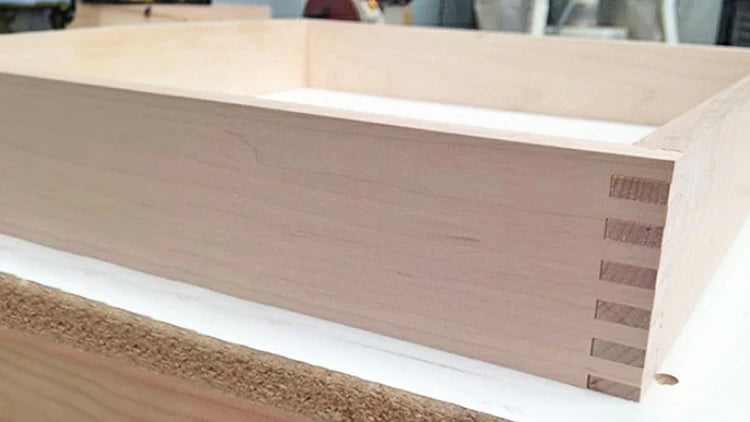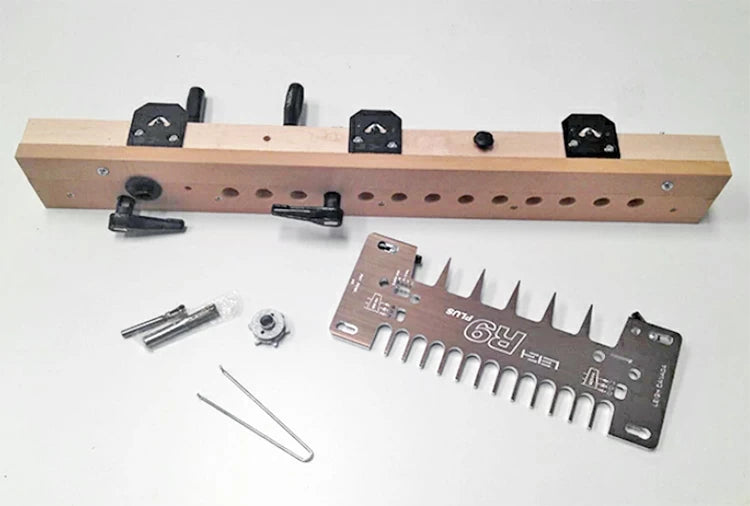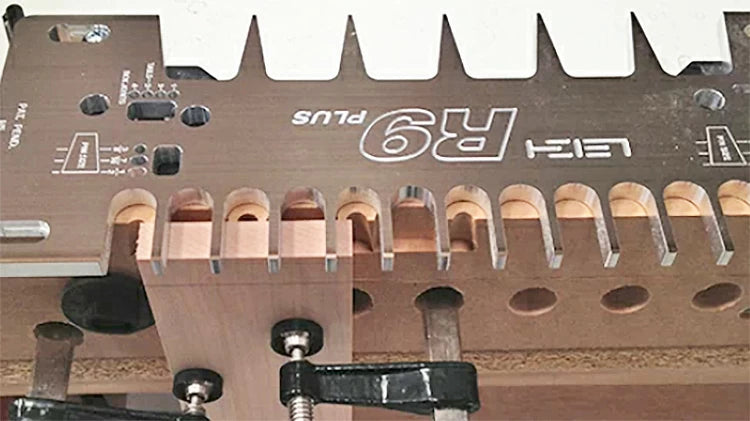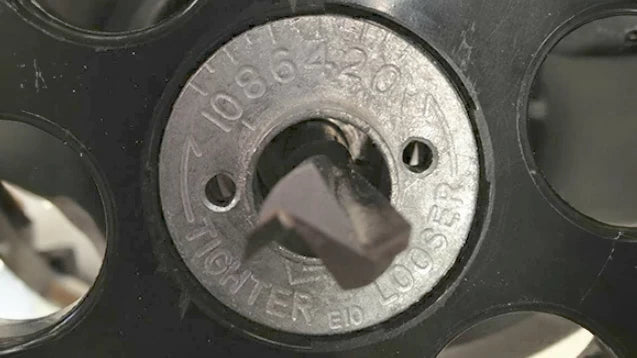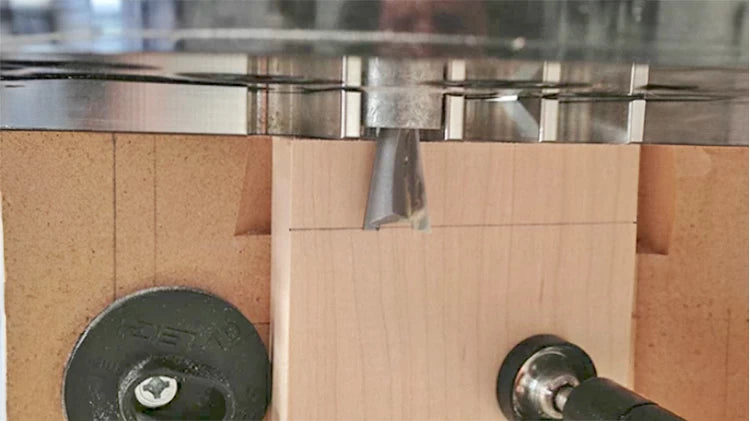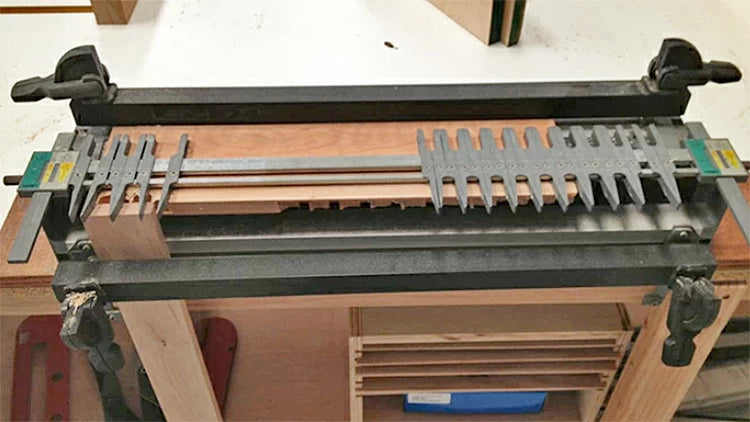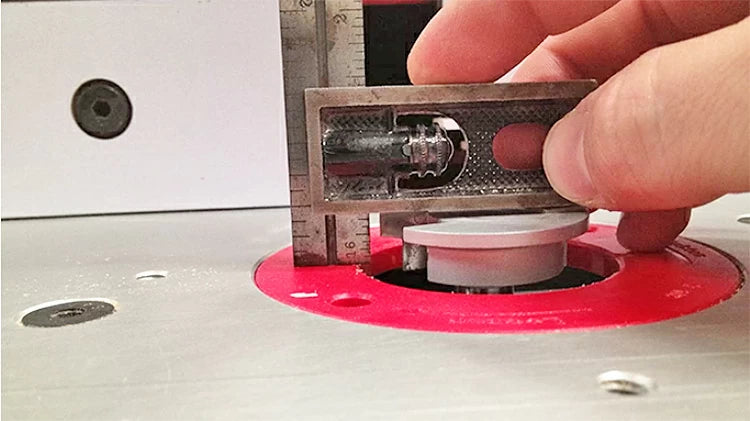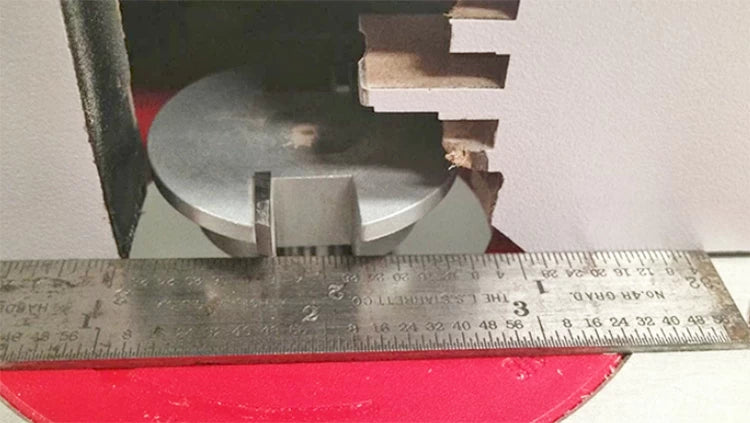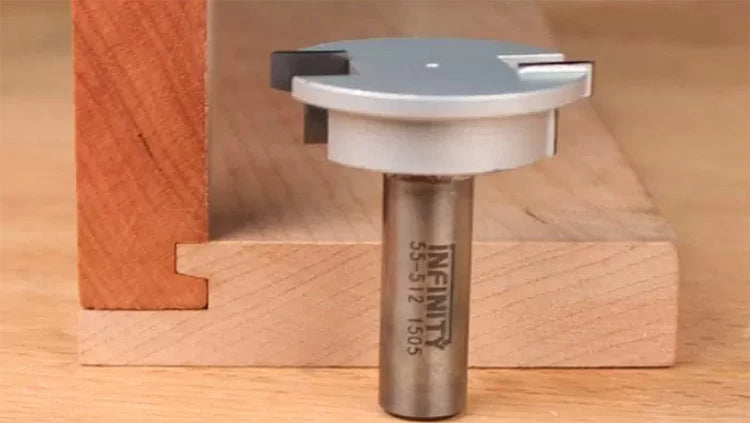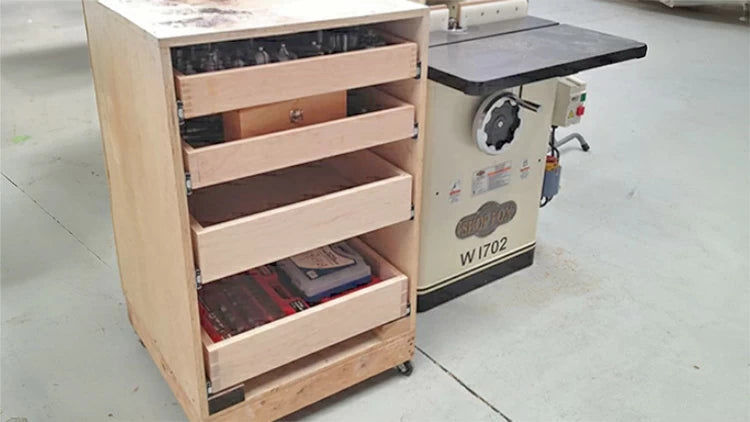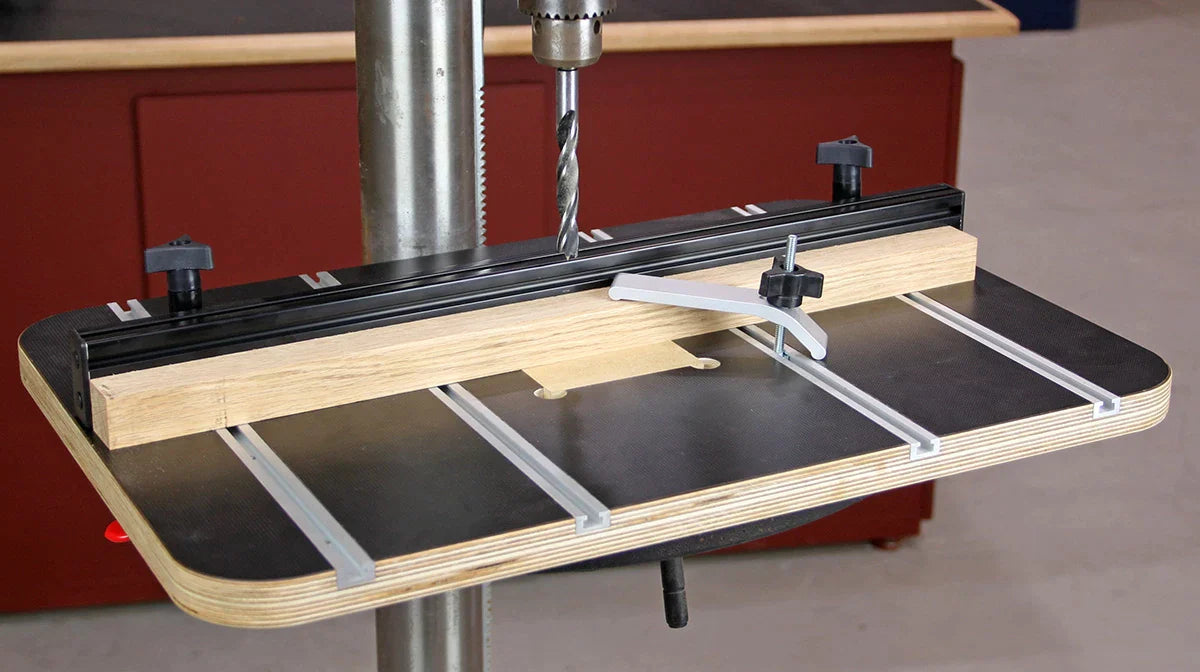
Where do you store all of your router bits and shaper cutters? Most people have a drawer dedicated to them by their router table or in a case somewhere. Now, where do you store your router and shaper bits when you have dozens of different profiles from the Infinity Tools catalog. We use lots of our bits for test cuts, profile photos, and to work on some of our projects, so we need an organize way to store them.
I decided to add drawers to one of our rolling storage cabinets. It would hold a bunch of our router bits and keep them organized, not to mention preventing them from getting damaged by rolling around loose in a drawer somewhere.
To make the drawers for this cabinet, I decided to make every drawer using a different joinery method. We used two different dovetail jigs, a drawer locking router bit, and a box joint jig.
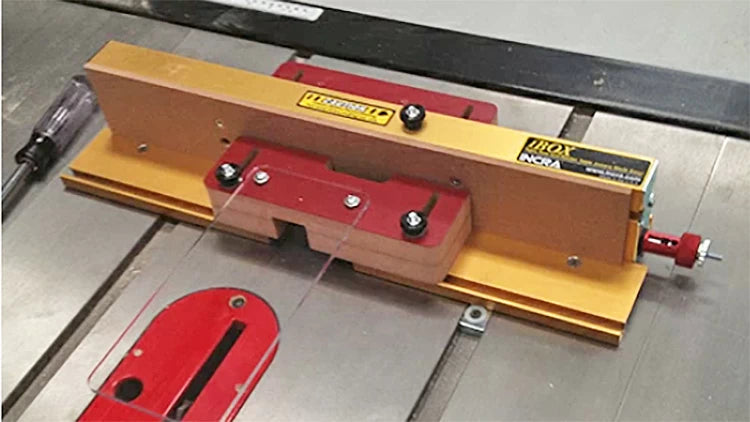
The first box I built was with the Incra IBOX Jig. What a delight this was. Once it's set up (it only took me two test cuts), the IBOX jig in combination with the Infinity Tools 1/4" Kerf Flat Top Blade makes quick, clean, and easy work of box joints. It's very simple to use. This was one of the two quickest jigs to use. It really is as easy as lining up your piece in the jig and then placing it in its slot each time.
